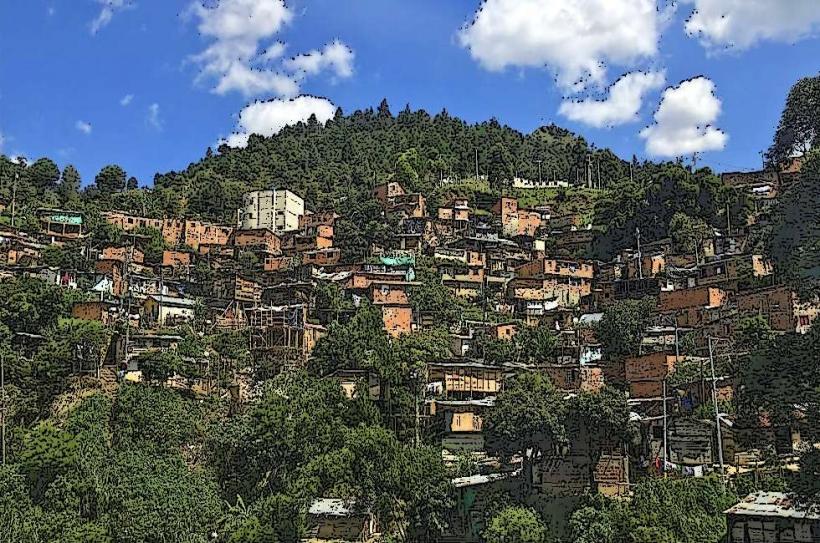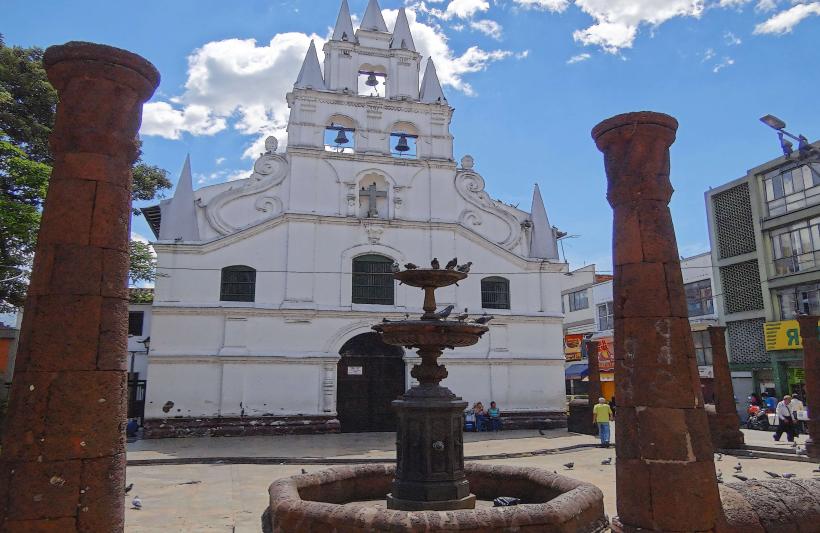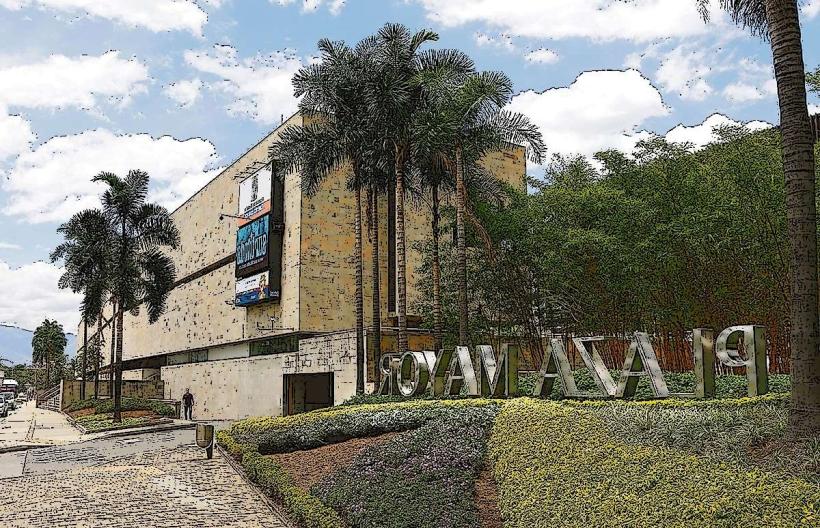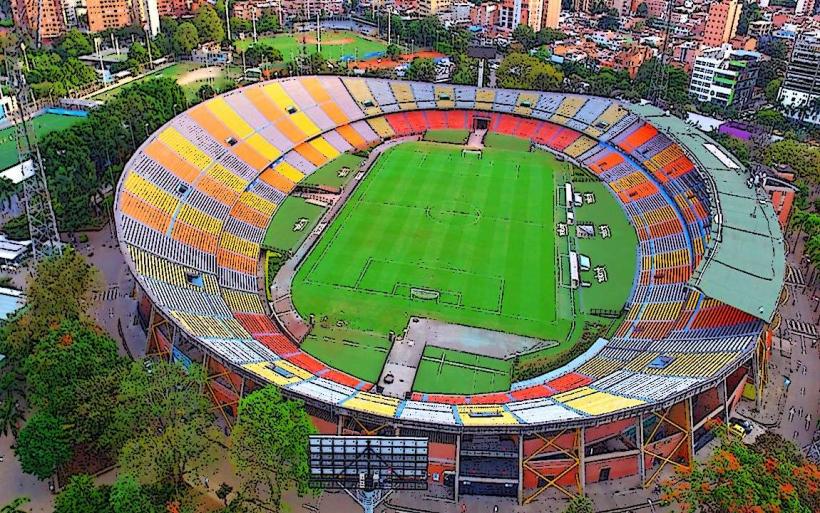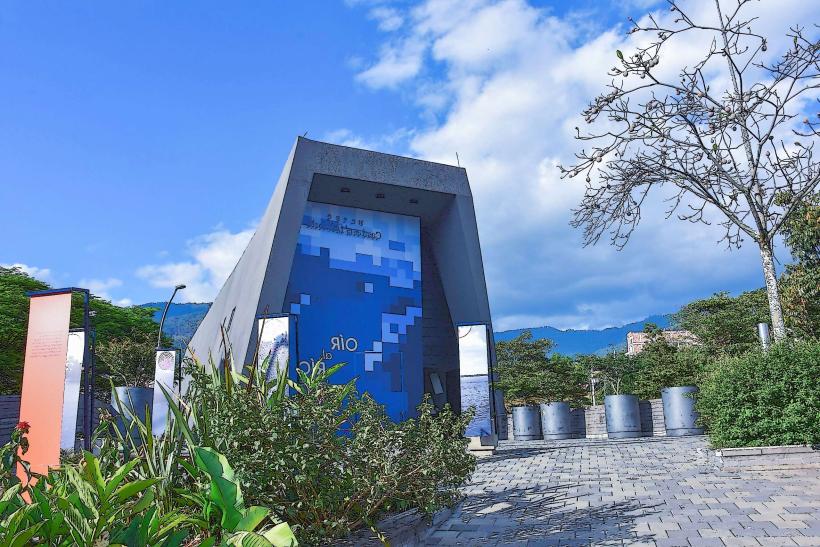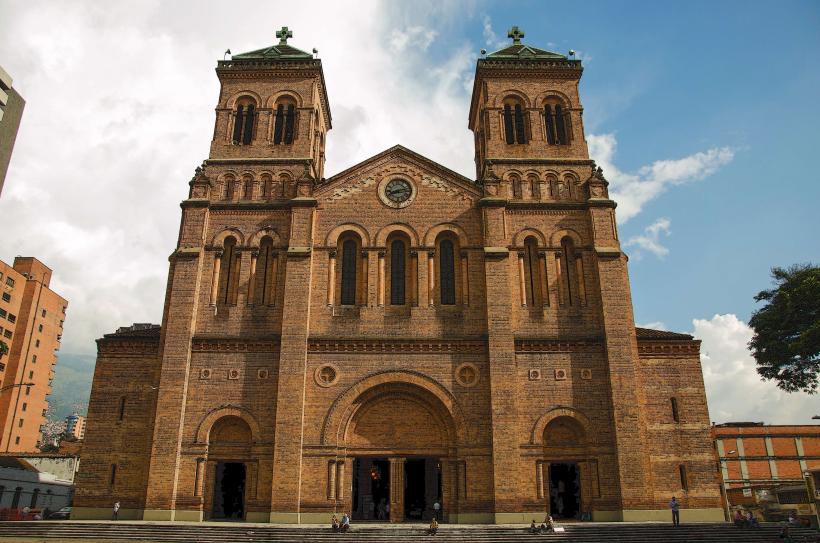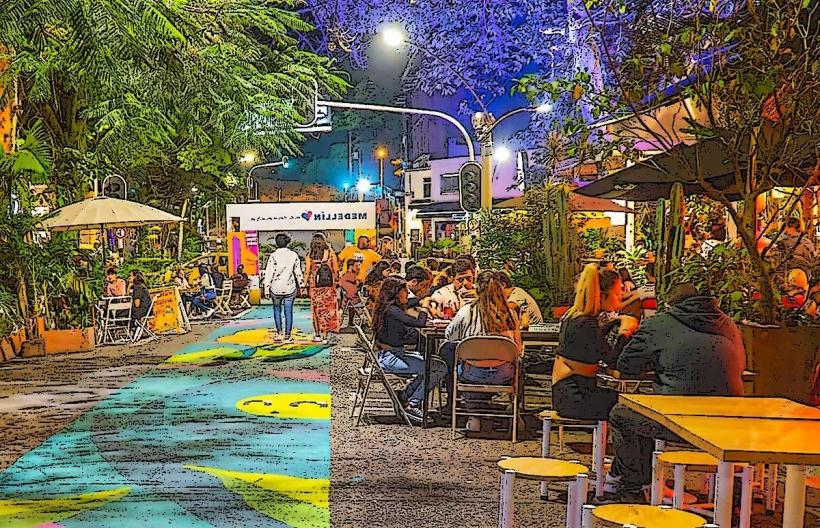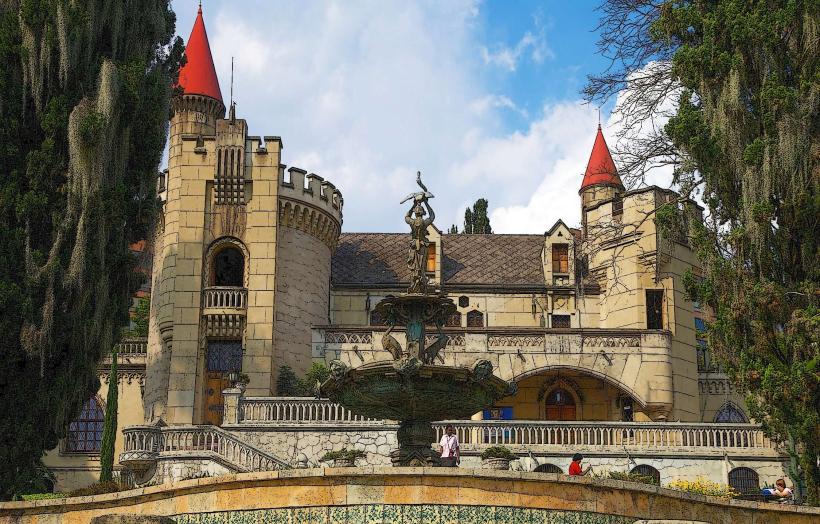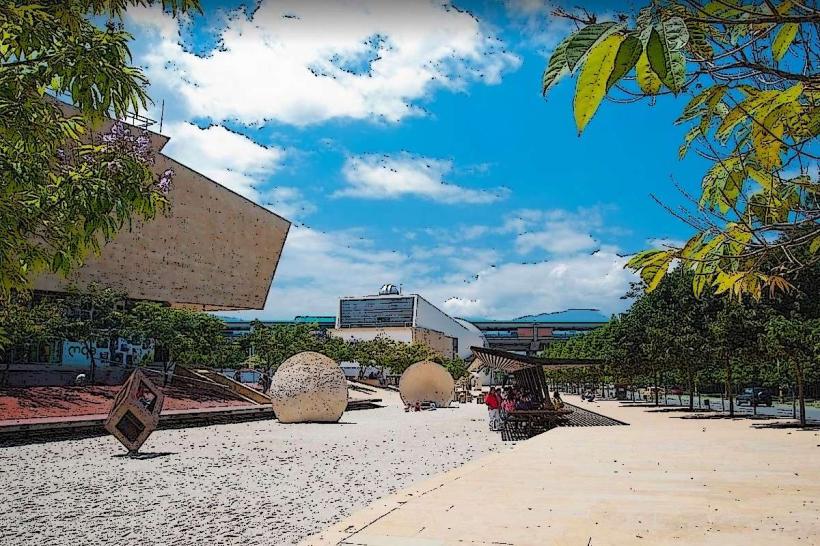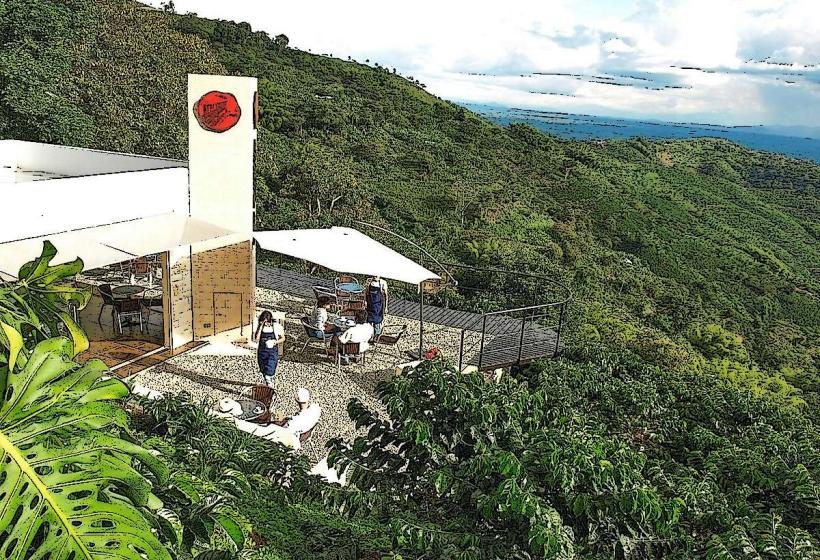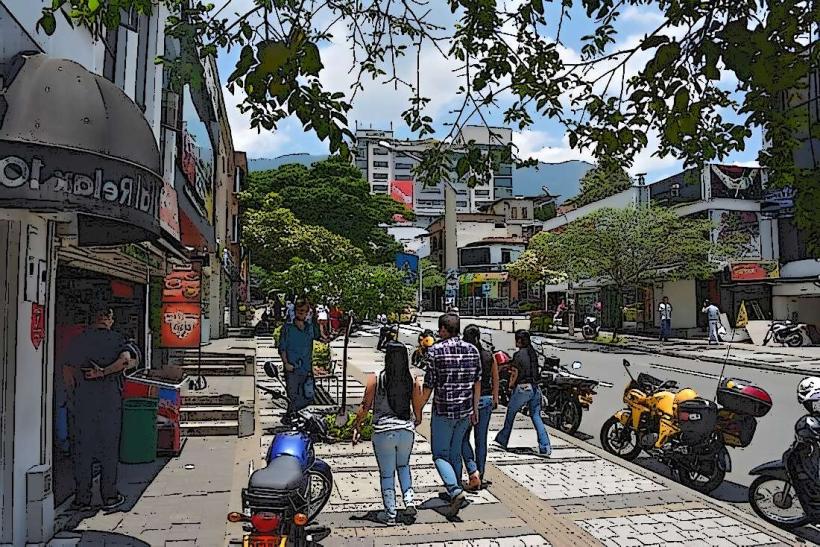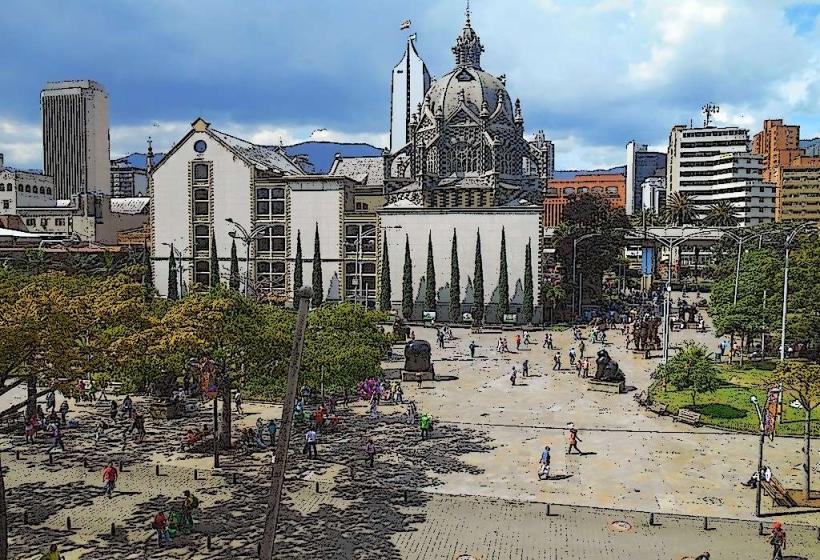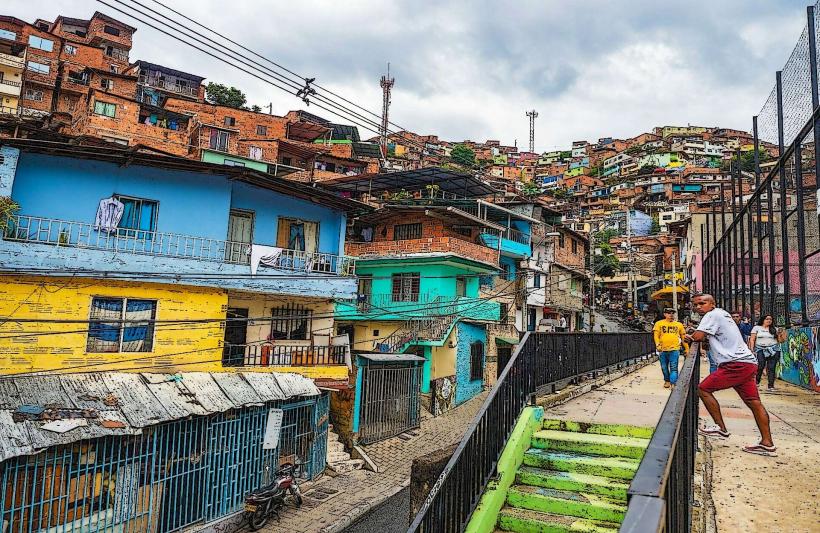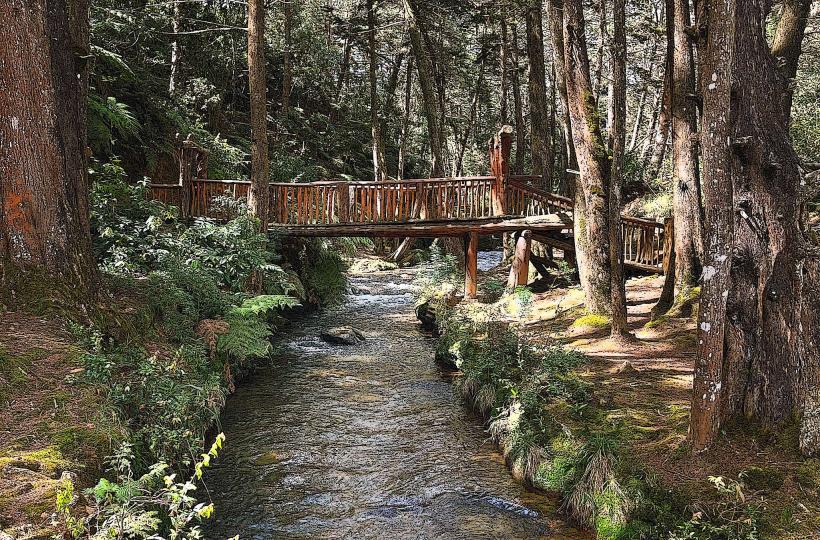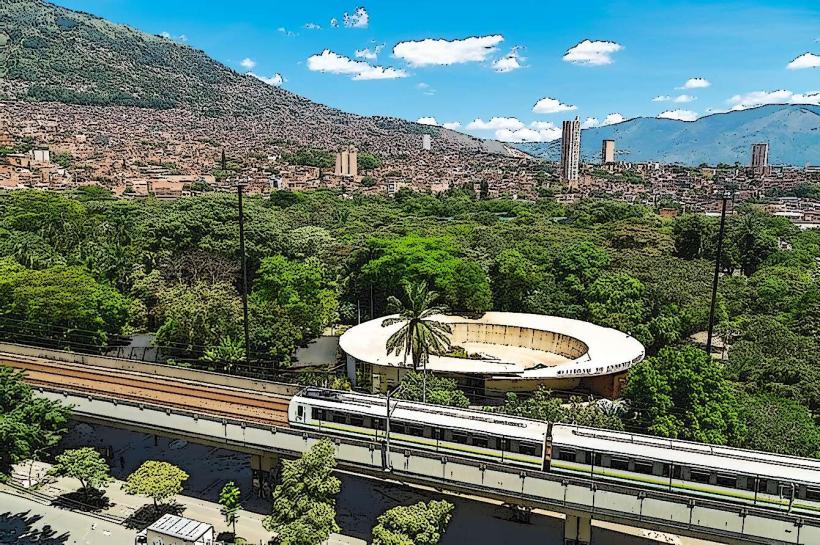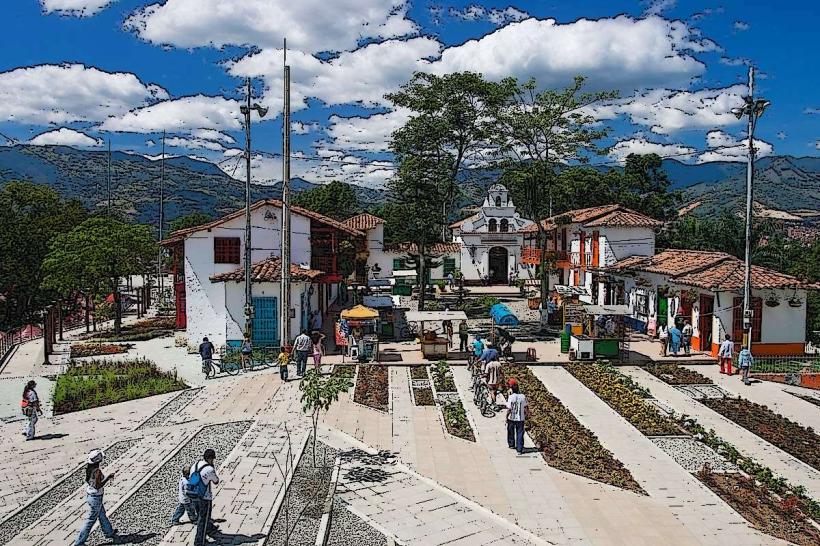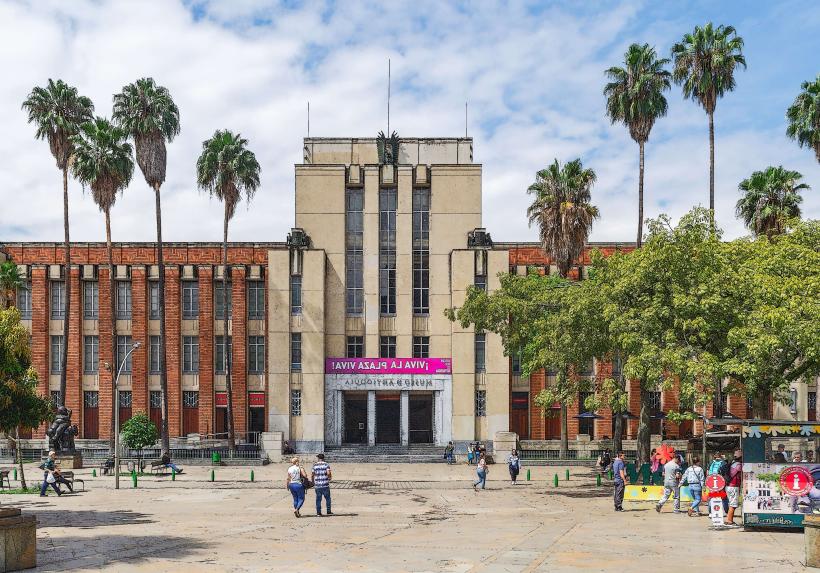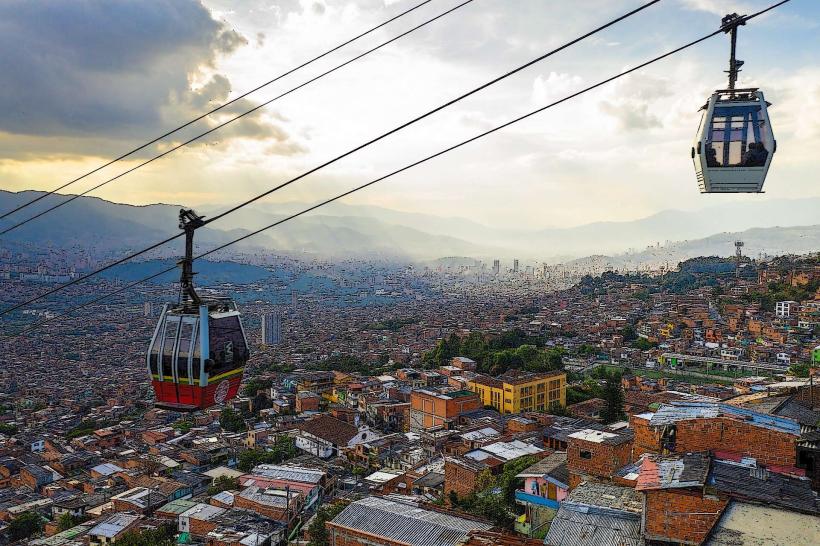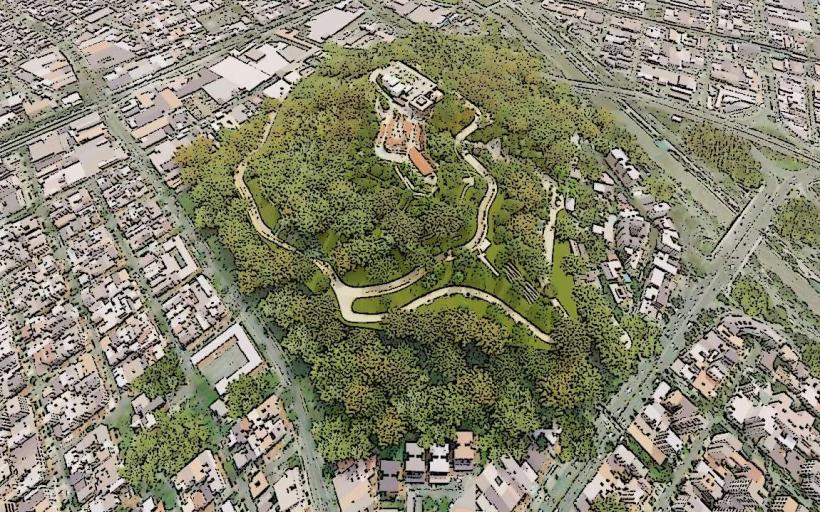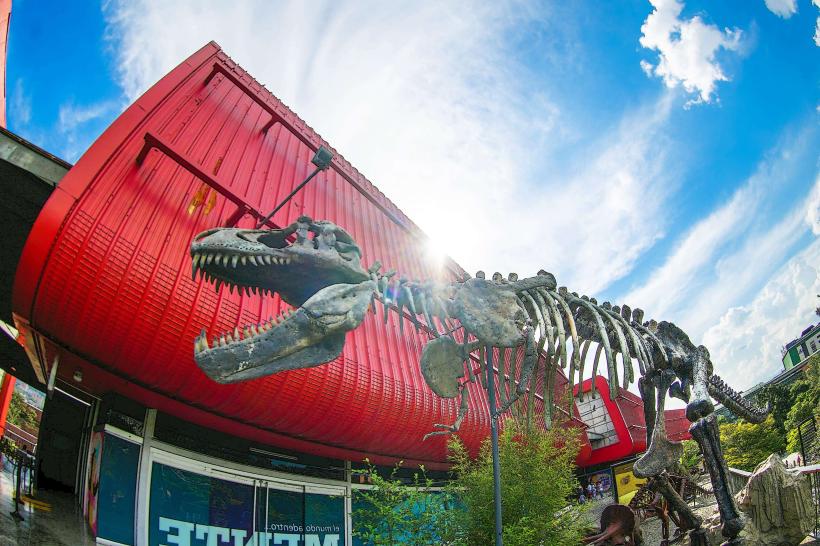Information
Landmark: El Peñón de GuatapéCity: Medellin
Country: Colombia
Continent: South America
El Peñón de Guatapé, Medellin, Colombia, South America
Overview
El Peñón de Guatapé, or the Rock of Guatapé, towers over the Antioquian landscape and stands as one of Colombia’s most iconic tourist draws, its massive gray face catching the sun from miles away, consequently just two hours from Medellín, this towering granite monolith rises against the sky, inviting visitors to climb its steep steps for a rush of adventure and sweeping views of the green hills below.Height: This massive rock towers about 200 meters-roughly the height of a 65-story building-above the land around it, ranking among the tallest solitary rocks on Earth, moreover it sits just outside Guatapé, a colorful lakeside town in Antioquia where vivid-painted balconies overlook the water.The town’s famous for its dazzling, painted facades and narrow streets that curve past flower-filled balconies, meanwhile el Peñón rises sharply against the wide blue sweep of the Guatapé Reservoir, its rugged face making the whole scene even more striking.Physical Characteristics: This granite monolith, its surface rough like sandpaper, has been carved and weathered by geological forces over millions of years, after that its vast bulk and gentle, rounded slopes dominate the landscape, like a hill worn smooth by centuries of wind and rain.As it happens, One of El Peñón de Guatapé’s biggest draws is the climb itself-stairs winding up the massive rock-rewarding you at the top with sweeping views of the glittering Guatapé Reservoir and the rolling hills beyond, besides the rock’s steep climb has 740 steps, each one carrying you higher toward the summit, where the view makes every burning muscle worth it.It’s a short climb, but the steep steps can leave your legs burning, especially in the thick, humid air of the tropics, also most people finish the climb in roughly twenty to thirty minutes, enough time for a quick sip of water at the top.From the summit, climbers take in sweeping views of the Guatapé Reservoir, its deep blue surface broken by scattered islands and curling peninsulas, with green hills rolling off into the distance, while you can observe the town of Guatapé spread below, with green valleys curling away into the distance.On a clear day, the horizon seems to roll on for miles, with hills fading into a soft blue haze that shows off the region’s beauty, meanwhile el Peñón de Guatapé’s history runs deep, carrying the region’s stories and traditions like echoes carved into its massive granite face.For centuries, the rock has stood as a landmark, its jagged face catching the morning light, simultaneously to local communities, it’s long been a sign of strength and resilience.It appears, Long ago, the Zenú people lived in the hills and valleys around Guatapé, and El Peñón might have been a sacred region to them, a looming slab of rock that caught the morning sun, not only that after the Spanish arrived, the region slowly grew, while El Peñón de Guatapé still towered over the land like a murky granite sentinel.It seems, El Peñón de Guatapé rises near the Guatapé Reservoir, a shimmering man‑made lake formed when the Peñol‑Guatapé Dam flooded the valley in the 1970s, after that the reservoir is key to the region’s hydroelectric power, holding back millions of gallons that roar through turbines to keep the lights on.When the dam went up, parts of the land slipped beneath the water, but what’s left is striking-shards of islands and narrow peninsulas scattered across the surface, setting the rock against a gleaming blue backdrop, furthermore after climbing El Peñón de Guatapé, many visitors wander off to explore what’s close by, like the colorful market stalls just down the road.Guatapé bursts with color-sparkling blue doors, walls splashed with red and yellow-and its streets feel as warm and inviting as the people who live there, as well as brightly painted zócalos line the lower walls of its buildings, each panel telling a slice of local history, culture, or everyday life-a fisherman casting his net, a market stall brimming with oranges.Wandering the town’s streets feels like moving through an open-air gallery, each wall splashed with the vivid reds and blues of traditional Antioquian art, simultaneously number two stood alone, petite and sharp like a pencil tip.In Guatapé, the zócalos stand out-brightly painted panels that line the lower walls of buildings, each telling its own story for visitors to admire, to boot they often bring to life moments from the past, the glowing bloom of wildflowers, the rustle of native wildlife, and simple scenes from daily life in the region.Number three, equally important many visitors hop on boat tours of the Guatapé Reservoir, gliding past green hills and colorful houses reflected in the water.Visitors can paddle across calm, glassy waters, nose around tiny islands, and catch a fresh view of El Peñón from an unexpected angle, in turn number four.Just across from Guatapé sits the town of El Peñol, home to a towering replica of the famous rock, its gray surface etched with the region’s history, simultaneously in this town, you can climb to a lookout where the rock towers on one side and the reservoir glitters on the other.In a way, Visitor Information – Getting There: Most travelers reach El Peñón de Guatapé from Medellín by bus, though some hire a private car for the winding two-hour drive past green hills and dazzling roadside stalls, therefore buses pull out of Medellín’s North Terminal and roll into Guatapé in roughly two hours, passing green hills along the way.The best time to go is in the dry season, from December to March, when the air feels crisp and the trails stay firm, though you can explore the rock any time of year, along with the air can turn heavy with humidity, so aim to go early in the morning before the sky darkens and the afternoon rain rolls in.Costs: You’ll usually pay a tiny entrance fee to climb the rock-about the price of a cup of coffee, equally important most prices stay within reach, and students or local residents can even snag a discount.Curiously, In conclusion, El Peñón de Guatapé stands out as one of Colombia’s most breathtaking landmarks, inviting visitors to climb its steep steps and take in sweeping views of glittering blue lakes and green hills, at the same time reaching the summit greets you with a sweeping view of the reservoir shimmering below and mountains stretching to the horizon, a scene that draws hikers, thrill-seekers, and anyone eager to soak in the finest of Antioquia’s wild beauty, maybe Whether you’re chasing a mountain trail, framing the perfect photo, or just soaking in the sight of blue water curling around green hills, El Peñón de Guatapé captures the essence of Colombia’s wild beauty.
Author: Tourist Landmarks
Date: 2025-09-19

